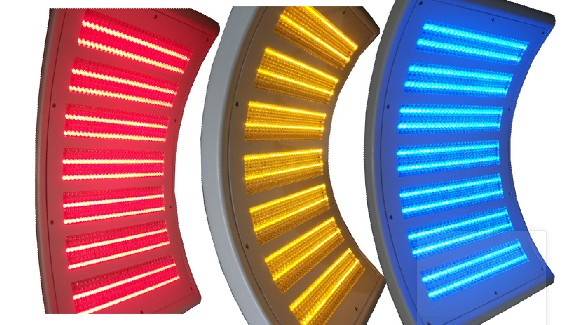Photodynamic therapy (PDT)
This information is about photodynamic therapy (PDT). PDT is a treatment for some cancers and conditions that may develop into a cancer.
How PDT works
PDT uses laser or other light sources, combined with a light-sensitive drug (sometimes called a photosensitising agent) to destroy cancer cells.
A photosensitising agent is a drug that makes cells more sensitive to light. The drug is attracted to cancer cells. It does not become active until it is exposed to a particular type of light. When the light is directed at the area of the cancer, the drug is activated and the cancer cells are destroyed. Some healthy, normal cells in the body will also be affected by PDT, but these cells will usually heal after the treatment.

When it is used
PDT can be used to treat some cancers or conditions that may develop into a cancer if not treated (precancerous|). It is used when the affected area, or the cancer, is on or near the lining of internal organs. This is usually with cancers or conditions that affect the:
bile duct and gall bladder
gullet (oesophagus)
head and neck
lung
mouth
skin (but not melanoma).
Researchers are trying to identify the types of cancer for which PDT is most effective. Trials| are also looking at new photosensitising agents, new laser and non-laser light treatments, and ways of reducing the side effects. You may be offered PDT as part of a trial.
Precancerous conditions
PDT is used to treat precancerous conditions such as Barrett's oesophagus| and Bowen's disease| of the skin.
Some research studies have used PDT to treat precancerous changes in the cells affecting the vulva (vulval intraepithelial neoplasia or VIN|), the vagina and the anus.
Cancer
In cancers that are being treated at an early stage, the aim of PDT treatment is to try to cure the cancer. With more advanced cancers, the aim of PDT is to shrink the cancer and reduce symptoms.
Your hospital doctor can advise you whether PDT is an appropriate treatment in your situation.
How it is given
The treatment is normally given in two stages.
Stage 1 The first stage of treatment involves giving a light-sensitive drug.
For cancers of the skin, the drug is usually applied to the skin as a cream. For cancers that are inside the body, the drug may be given as a drink or more usually as an injection into a vein (intravenously).
There is a delay between the drug being given, or the cream being applied, and the next stage of treatment. This allows time for the drug to concentrate in the cancer cells. The length of time you need to wait for treatment after having the drug can vary from hours to days.
There are several drugs that can be used as the photosensitising agent. The most common are 5-aminolevulinic acid (ALA), temoporfin (Foscan®) and porfimer sodium (Photofrin®). The drug used will depend on the type of cancer you have and which is best for your situation. Your doctor or nurse will explain which drug will be used and how it will be given.
Stage 2 The second stage of treatment involves shining a laser or sometimes a non-laser light directly on to the cancer.
For skin cancers, the light is shone directly on to the skin.
For internal cancers, a flexible tube (endoscope) may need to be passed into your body to deliver the light to the tumour. Depending on where the cancer is in the body, a scan or ultrasound may be used to help direct the laser light to the tumour. |